Story points represent in agile
Story Points Represent In Agile. Story points are a relative measurement of how difficult a task is. When story points are affected by only one element. This doesn’t add to the accuracy of your assessment, but only complicates the process of agile story points. Photo by thisisengineering raeng on unsplash.
 Story Points Calculating in 7 Steps runScrum Agile Blog From blog.runscrum.io
Story Points Calculating in 7 Steps runScrum Agile Blog From blog.runscrum.io
In fact, they are influenced (always!) all three: A way to secure a team’s commitment to using story points, when estimating the work of the backlog, is to start with management and have the hard conversation on how to measure progress and performance in an agile team. For example, assuming a team has 30 story points in an iteration, a small task that can be completed quickly by one person might only. If you ask google, then you get a couple of different definitions. A story point is a metric used in agile project management to understand the implementation difficulty of a certain user story. In scrum and xp, one person isn’t assigned work at the point of estimating.
Often in agile and scrum.
The elements of difficulty attached to the task: We estimate tasks relative to each other and assign story points as a result. Many scrum teams use story points in their daily job, because they are better for estimations than hourly estimations for many reasons. In fact, they are influenced (always!) all three: The story points are a measurement to estimate the work carried out through the implementation of agile frameworks like scrum and extreme programming. Actually, i recently attended a conference in.
 Source: wechange.company
Source: wechange.company
They measure work, not in hours or days, but in relative complexity. Story points involve the process of assigning numeric point values to user stories. They help you track the team’s performance and make better forecasts. The amount of work to do. Agile teams, especially the scrum teams, have been using the story points estimation technique for quite some time and proven effective.
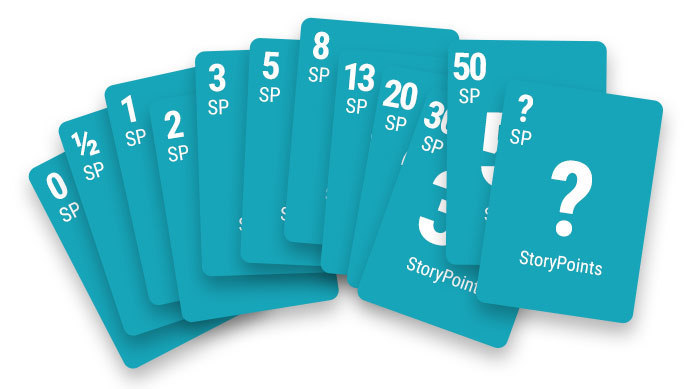 Source: agile-systems.de
Source: agile-systems.de
If you ask google, then you get a couple of different definitions. Difficulty could be related to complexities, risks, and efforts involved. A way to secure a team’s commitment to using story points, when estimating the work of the backlog, is to start with management and have the hard conversation on how to measure progress and performance in an agile team. Story points do imply duration: The goal is to make sure, that story points are only used for their intended purpose:
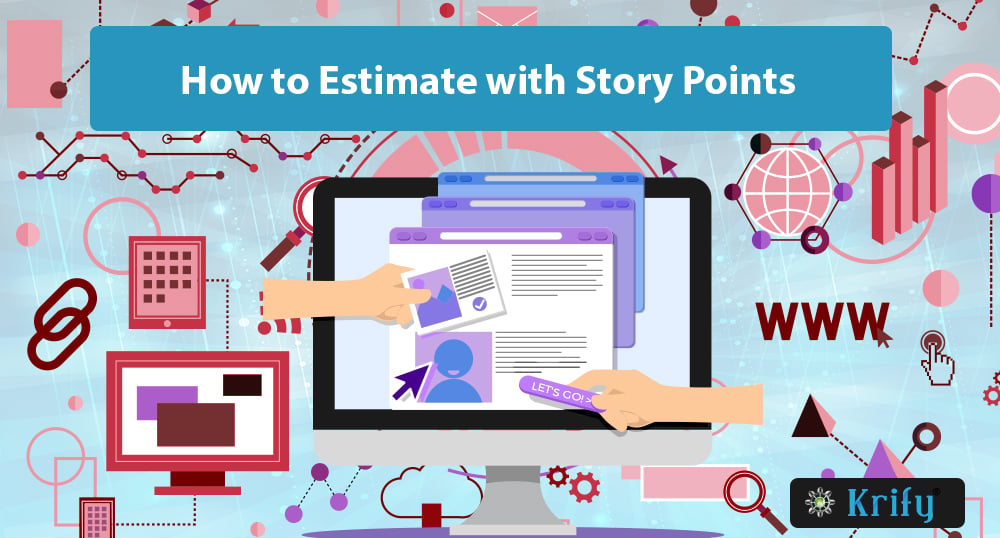 Source: krify.co
Source: krify.co
This doesn’t add to the accuracy of your assessment, but only complicates the process of agile story points. The whole team remain owners of the work, meaning anyone in the team may pick it up. The goal is to make sure, that story points are only used for their intended purpose: Instead, story points express the amount of effort needed to complete a task compared to other work in the sprint. Actually, i recently attended a conference in.
 Source: medium.com
Source: medium.com
The elements of difficulty attached to the task: For agile development teams, the backlog item is typically a user story. The biggest mistakes developers make when using story points. The process of assigning values to the stories is done collaboratively by the team. This is because humans are actually better at relative estimates than precise measurements.
.png?width=4000&name=story-points-vs-time-based-estimation (1).png “Story Points The Simple Explanation You�ve Been Looking For Parabol”) Source: parabol.co
The team could face risks; Fundamentally, it is a number that showcases. In fact, they are influenced (always!) all three: Instead of individual time efforts, story points represent a combination of size, complexity and risk. Story points represent task effort.
 Source: wechange.company
Source: wechange.company
A way to secure a team’s commitment to using story points, when estimating the work of the backlog, is to start with management and have the hard conversation on how to measure progress and performance in an agile team. S tory points are a unit of measure used typically in agile, representing the effort required to implement a user story. In simple terms, a story point is a number that tells the team about the difficulty level of the story. A way to secure a team’s commitment to using story points, when estimating the work of the backlog, is to start with management and have the hard conversation on how to measure progress and performance in an agile team. The whole team remain owners of the work, meaning anyone in the team may pick it up.
Source: herdingcats.typepad.com
A story point is a metric used in agile project management to understand the implementation difficulty of a certain user story. The team could face risks; If you ask google, then you get a couple of different definitions. Story points represent task effort. The whole team remain owners of the work, meaning anyone in the team may pick it up.
 Source: techtricksworld.com
Source: techtricksworld.com
They help you track the team’s performance and make better forecasts. Story points are not about the time it will take any individual to do the work. A tool for a team to deliver more. Story points represent task effort. Photo by thisisengineering raeng on unsplash.
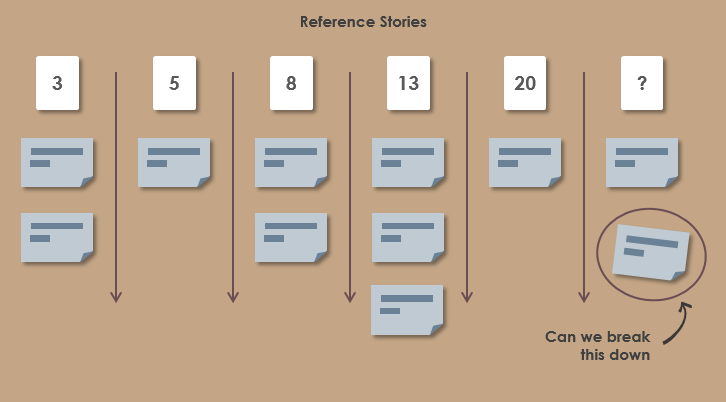 Source: imoetys.blogspot.com
Source: imoetys.blogspot.com
Teams assign story points to work, relative to work complexity, the amount of work, and risk or uncertainty. But story points agile still has a very important role to play. For agile development teams, the backlog item is typically a user story. Story points are units of measure for expressing an estimate of the overall effort required to fully implement a product backlog item or any other piece of work. The story points are a measurement to estimate the work carried out through the implementation of agile frameworks like scrum and extreme programming.
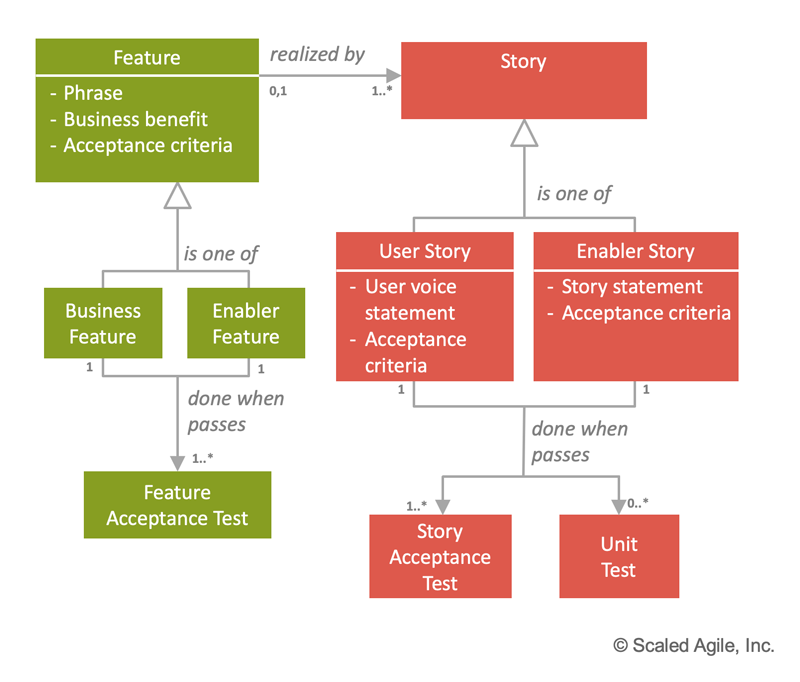 Source: v3.scaledagileframework.com
Source: v3.scaledagileframework.com
But story points agile still has a very important role to play. Often in agile and scrum. But it is not clear how a story point is defined. Story points are a subjective unit of measurement that doesn’t correlate to any amount of time. The elements of difficulty attached to the task:
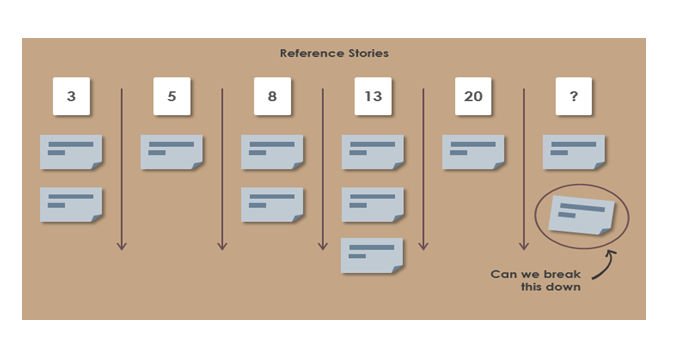 Source: tutorialscampus.com
Source: tutorialscampus.com
They help you track the team’s performance and make better forecasts. S tory points are a unit of measure used typically in agile, representing the effort required to implement a user story. Story points represent how much work is needed to complete a task. In fact, they are influenced (always!) all three: Story points represent task effort.
Source: herdingcats.typepad.com
The most common system for using story points is through the use of a fibonacci sequence. Story points are a unit of a relative, rather than absolute, measure. Though the estimate could be for another type of task, such as a bug fix. Story points are not about the time it will take any individual to do the work. The goal is to make sure, that story points are only used for their intended purpose:
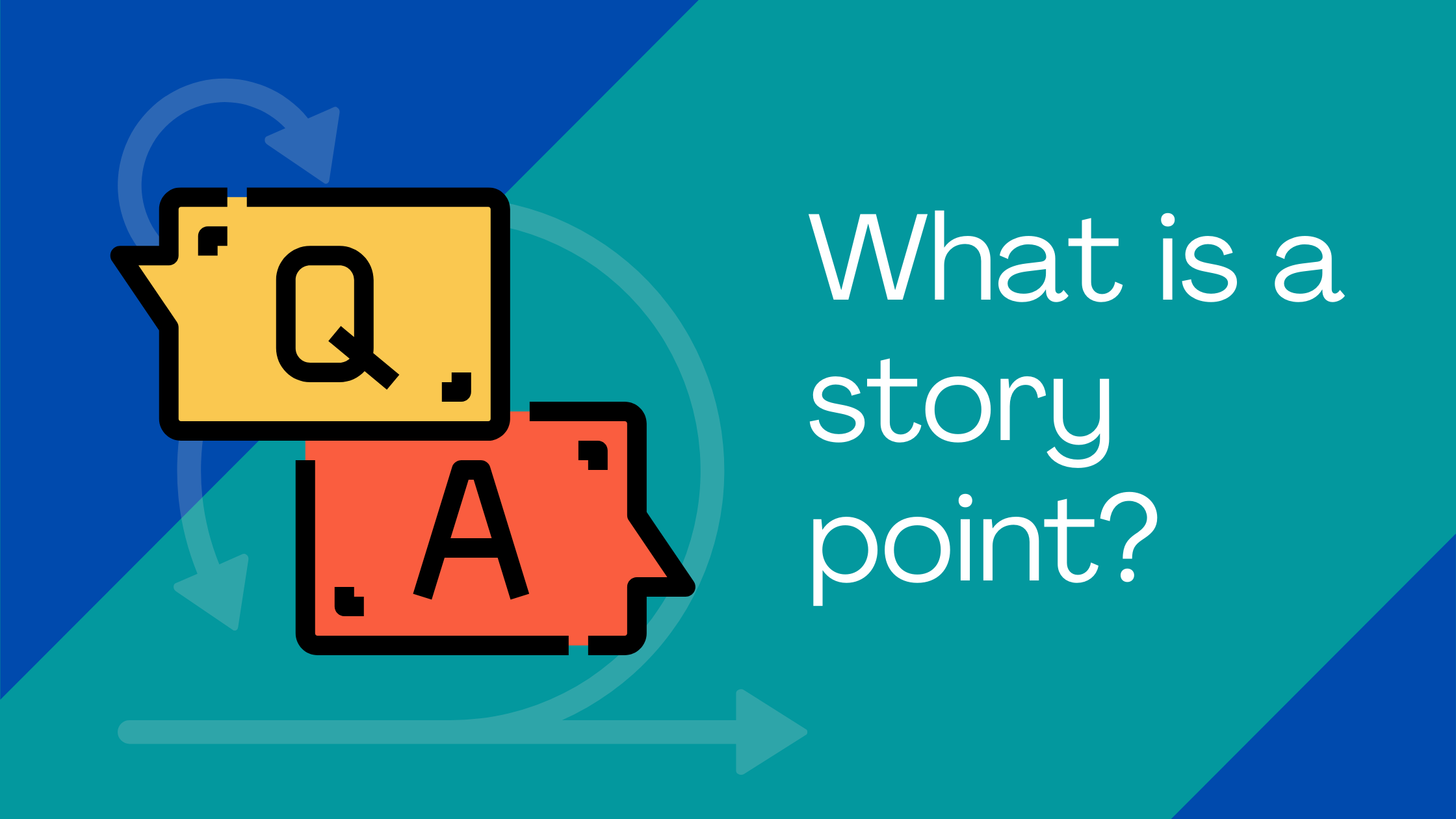 Source: medium.com
Source: medium.com
Story points are units of measure for expressing an estimate of the overall effort required to fully implement a product backlog item or any other piece of work. Story points are units of measure for expressing an estimate of the overall effort required to fully implement a product backlog item or any other piece of work. Teams use story points to estimate the effort required to build a user story by assigning numbers to the associated story. In simple terms, a story point is a number that tells the team about the difficulty level of the story. The whole team remain owners of the work, meaning anyone in the team may pick it up.
Source: herdingcats.typepad.com
A tool for a team to deliver more. In other words, it is a number that tells us about the amount of work, complexities, risks and duration, required to fully implement a product backlog item or any other piece of work. But story points agile still has a very important role to play. The whole team remain owners of the work, meaning anyone in the team may pick it up. In simple terms, a story point is a number that tells the team about the difficulty level of the story.
 Source: blog.runscrum.io
Source: blog.runscrum.io
In simple terms, a story point is a number that tells the team about the difficulty level of the story. Story points are the agile product management metric used to. In fact, they are influenced (always!) all three: Photo by thisisengineering raeng on unsplash. A way to secure a team’s commitment to using story points, when estimating the work of the backlog, is to start with management and have the hard conversation on how to measure progress and performance in an agile team.
 Source: pm-powerconsulting.com
Source: pm-powerconsulting.com
Story points are a unit of a relative, rather than absolute, measure. In simple terms, a story point is a number that tells the team about the difficulty level of the story. Because story points represent the effort to develop a story, a team’s estimate must include everything that can affect the effort. The biggest mistakes developers make when using story points. Story points represent complexity, uncertainty and risk together, and should not be influenced by one variable alone.
 Source: wechange.company
Source: wechange.company
Instead of individual time efforts, story points represent a combination of size, complexity and risk. Story points do imply duration: In fact, they are influenced (always!) all three: The biggest mistakes developers make when using story points. Story points are the agile product management metric used to.
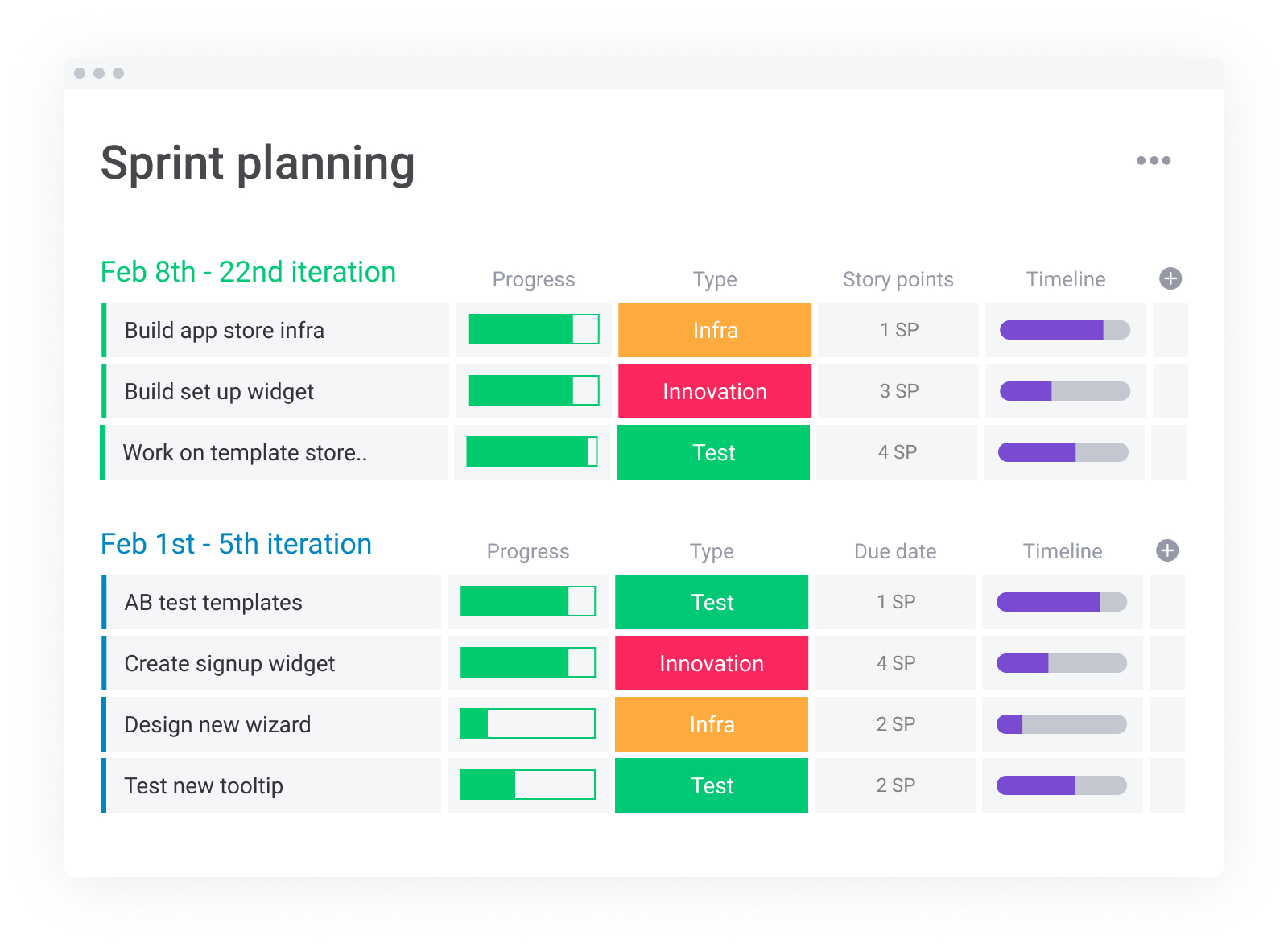 Source: monday.com
Source: monday.com
Story points are a subjective unit of measurement that doesn’t correlate to any amount of time. The way you use story points is you take about two tasks on the project and. Story points represent task effort. Fundamentally, it is a number that showcases. Story points are units of measure for expressing an estimate of the overall effort required to fully implement a product backlog item or any other piece of work.
If you find this site adventageous, please support us by sharing this posts to your preference social media accounts like Facebook, Instagram and so on or you can also save this blog page with the title story points represent in agile by using Ctrl + D for devices a laptop with a Windows operating system or Command + D for laptops with an Apple operating system. If you use a smartphone, you can also use the drawer menu of the browser you are using. Whether it’s a Windows, Mac, iOS or Android operating system, you will still be able to bookmark this website.






